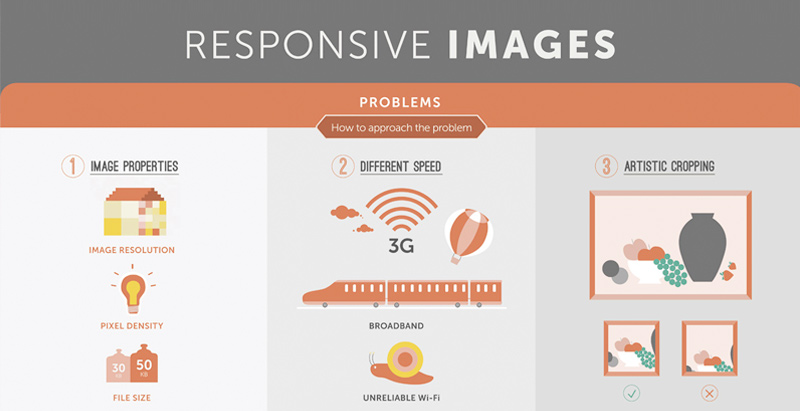Web Site Style Essentials: Tips For Structure A User-Friendly Website
Web Site Style Essentials: Tips For Structure A User-Friendly Website
Blog Article
Material Develop By-Abildtrup Gammelgaard
When it involves internet site layout, ensuring user-friendliness is essential. From responsive style to streamlined navigating, every component plays an essential function in creating a site that accommodates your target market's needs. Yet what concerning the finer details that can make or damage a user's searching experience? Remain tuned as we uncover some often-overlooked ideas that can boost your web site's usability to the next level, making it really stand out in the electronic landscape.
Importance of Responsive Design
Receptive layout is a crucial aspect of contemporary web site advancement. Ensuring your website is receptive ways that it can adjust to various screen sizes and gadgets, providing a seamless experience for users.
With the increasing use mobile phones and tablet computers to access the web, having a responsive design is important for reaching a broader target market. It helps in improving user experience by making your site very easy to browse and keep reading any type of device.
Furthermore, receptive layout can favorably impact your internet search engine rankings, as search engines like Google prioritize mobile-friendly websites. By having a receptive style, you're likewise future-proofing your website, as new devices with differing display dimensions remain to emerge.
Simplify Navigating Structure
To boost individual experience and assist in easy access to details on your website, improving the navigation framework is critical. When creating your website, focus on developing a clear and intuitive navigating menu that assists visitors locate what they're seeking promptly.
Limit the number of food selection items to the basics, grouping associated pages with each other to avoid frustrating users. Use detailed tags that plainly suggest the material of each web page, making it simpler for customers to understand where each web link will take them.
Consider executing dropdown menus for subcategories to stop littering the main navigating bar. Furthermore, consist of a search bar prominently on the page for users who choose searching for specific information.
Focus on mobile responsiveness in your navigating layout to make sure very easy accessibility on all gadgets.
Maximize Page Tons Speed
Improving page lots speed is important for retaining visitors on your internet site. Slow-loading web pages frustrate users and can result in high bounce rates. To enhance https://www.youtube.com/watch?v=zthU8pc3o0Q , begin by maximizing images. Compress pictures without endangering quality to minimize their file dimensions.
Additionally, enable internet browser caching to store often accessed resources locally, accelerating load times for returning site visitors. Minify CSS, JavaScript, and HTML files by removing unnecessary characters, remarks, and format, enhancing lots speed.
Consider utilizing a material delivery network (CDN) to disperse your website's web content across multiple servers worldwide, reducing latency for customers accessing your site from various areas. Finally, limit making use of third-party manuscripts and plugins, as they can considerably impact lots times.
Verdict
To conclude, by integrating responsive layout, streamlining navigation, and optimizing web page lots speed, you can create an user-friendly website that appeals to a broader audience and enhances individual experience. just click the next post make sure that site visitors can conveniently access and navigate your site throughout various gadgets, causing raised involvement and fulfillment. By focusing on these key facets, you can develop an effective web site that maintains individuals coming back for even more.
